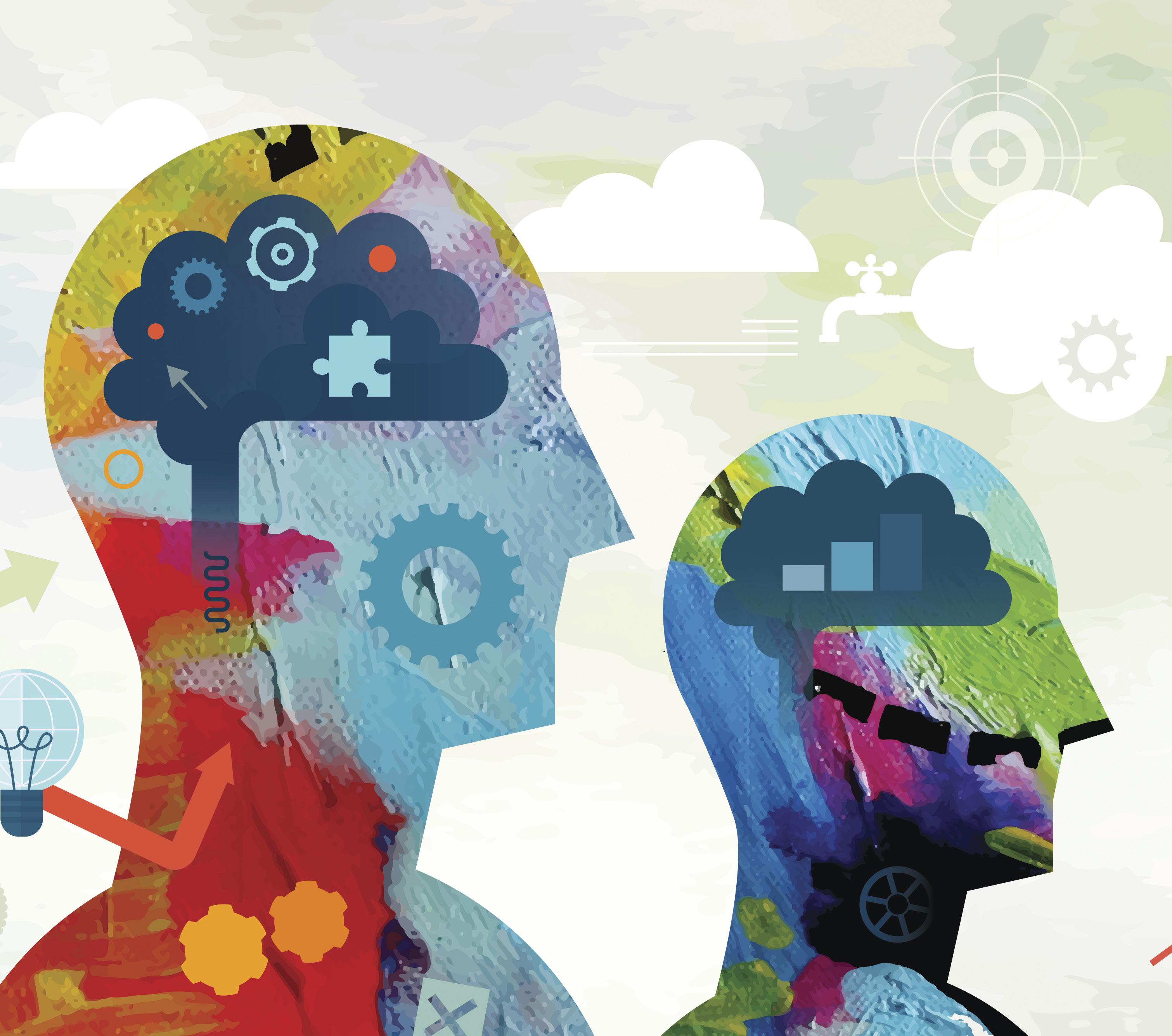
4 minute read
March 2020 SOCO magazine
SENSE AND PERCEPTION TO DOMINATE THE 7TH ANNUAL BOSTON DESIGN WEEK SPECTACULAR Twelve Days of Conferences, Forums & Calendar Events to Encompass the Human Experience and Expand Our Understanding of Design and Creativity
SHOWTIME P roducers Tony Fusco and Robert Four will present New England’s premier design and creative event of the year, with the introduction of their 7th Annual Boston Design Week Festival.
Advertisement
The duo, credited for hosting thousands upon thousands of visitors each year, is responsible for its popularity and a stellar reputation. The event has grown exponentially by the fact the show is a magnet for attracting the best, brightest, and most creative artists and designers to the region and grows each year.
Widely anticipated by attendees traveling both domestically and internationally, all come to embrace what has been labeled the “Most Innovative Event of the Year.”
The 12-day festival is scheduled for March 25–April 5, 2020, and this year is honored to be chosen to host the World Design Weeks Forum 2020. As a meeting and conference for sharing experiences, knowledge, and resources, all are welcome to participate in these unforgettable and thought-provoking presentations, being held April 1-5, 2020. Programs will explore the city’s importance as a hub for creative endeavors and its prevalence for understanding how we interact with design in our daily lives and its transition to the communities where we live. There will be in-depth presentations on increasing awareness, accompanied by a conversation about improving accessibility to the public.
Design Week 2020 activities and World Design Weeks Forum are easily accessible by visiting the websites below. There are many free events, although it is highly recommended that reservations be made since demand will be high. The 14-day exhibition will encompass forum panels, presentations, exclusive tours, VIP events, a Gala, award ceremony, and optional excursions.
For everything you need to learn about this year’s exciting events, visit BostonDesignWeek.com, email BostonDesignWeek@fuscofour.com or call 617.363.0405.
UNDERSTANDING THE CREATIVE PROCESS DURING THE FESTIVAL What is design? Can it be isolated into a single sentence, or reduced to words? Perhaps, it’s a feeling or a talent that is magically tapped into—at will—by a select few, while others must painstakingly explore their intuitions until—at an unspecified moment—they glean insight into what connects them with what society has labeled as creativity?
More than a puzzle of initiative, materials, contemplation, and discovery, design—a component of the physical world—is bound by our spiritual perceptions and the unique ability to intercept the results of biological interpretations, which allow us to experience the trait of appreciation.
Perception is not isolated to humans; it’s found in animals—both friend and foe, often recognized as a defense mechanism when sensing fear or conversely--affection. Organisms in labs also demonstrate evidence of perception as they will avoid toxins introduced into their environment. And, one only needs to consider a “bigpicture” example to follow the concept; our earth’s reaction to the abuse and poison spewed into the biosphere from countries and people from all parts of the globe is a learning experience about cause and effect relationships.
The purpose of this discussion is to focus on the complexities of how we interpret and react to sensory input and our ability to fine-tune our experiences. By being astute in our interactions during the Design Week Festival events, we can further develop and enhance our creative skills and appreciation through microsensitive awareness of our responses to various presentations.
Those associated with the arts, design, and creative forces are believed to have an unusual sense of receptiveness to their surroundings. They possess an uncanny ability to acutely process thousands of insightful messages and stimuli instantaneously traveling through the complex pathways of physiological, neurological, and psychological sensory pathways. Creative talent may be as simple as the act of paying close attention to your body and your mind. Then connecting them for analysis.
For some background, the act of designing transcends deep within our existence and is expressed in many forms, and while many of us resort to describing the primary five senses used for evaluative purpose; Vision, Hearing, Smell, Taste, and Touch, consider the following perceptions be added to this list, so you might find they further enhance your interaction throughout the day—during work, and at leisure.
Sensory variables playing a role in our experiences include:
Pain, Pleasure, Temperature, Movement, Time, Breath, Thirst, Cognition, Orgasm/Sexual Arousal, Non-Sexual Stimulation, Interception, Balance
These additional senses—physical and emotional are not always visible or paid attention to, with some occurring at microbiological levels, but related to our interaction and our understanding of how the experience of creating and appreciating design is linked.
Often, the concept of design is comprised of collaborative efforts, informational loops, testing and retesting, public input, drawings, drafts, prototypes, focus groups, analysis, and finally, delivered to the marketplace.
However, the field is not always regulated to this exhaustive process. Instead, it is existential and innately developed through a series of progressions that are built upon and followed through to fruition. At its conclusion, it is introduced to an appreciative audience. This formulation is where the pure-play artist and designer retreats—their work viewed as personal, original, and unduplicated—they would have it no other way.
Regardless of how we approach design and come to terms with its evaluation, acceptance, or rejection, it would be an exciting task, if we were to conduct a personal inventory of the new senses listed above and join them with those we take for granted. To evaluate their role in our understanding of the spectrum of preferences and tastes would be eyeopening.
These helpful hints can be applied to all creative and social experiences. Often many of us are in tune with this practice but, sometimes we ignore or take their direction for granted and become disconnected. Focusing, on the whole, will hopefully enrich all of your experiences and interactions. Enjoy.










